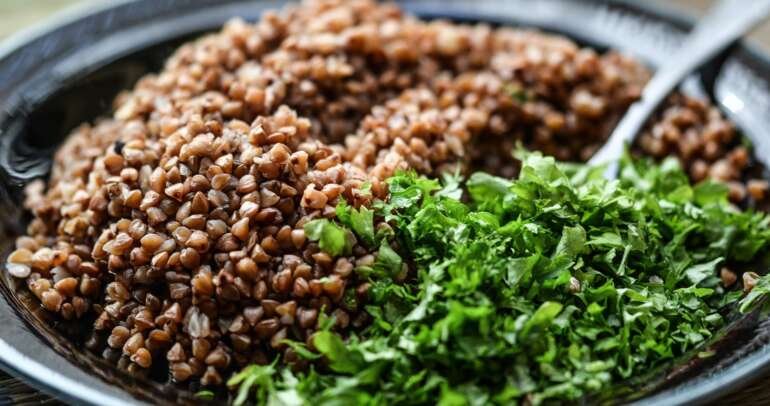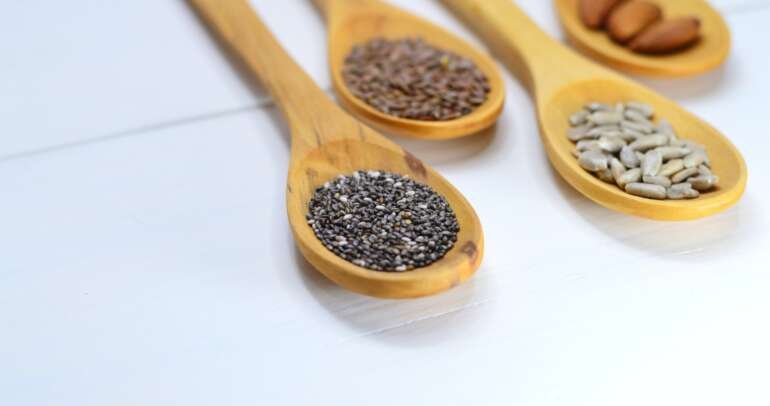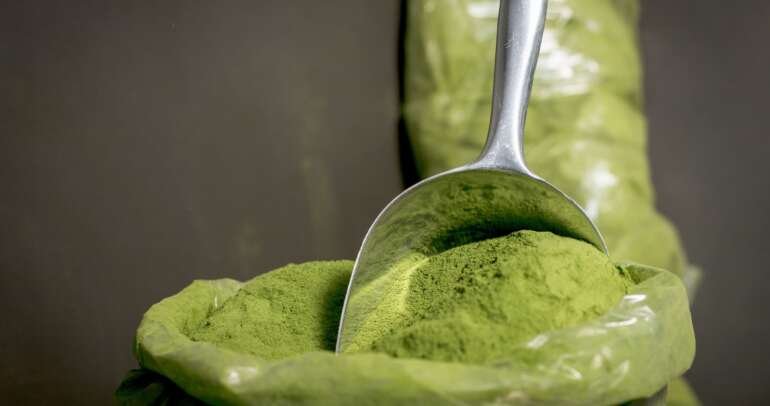Buckwheat, contrary to popular belief, is not a type of wheat. In fact, it isn’t even a grain. This plant is widely cultivated in Asia and can be used in a variety of culinary applications, including noodles, breakfast foods, and beverages. It’s also used in recipes for people who eat raw foods. Continue reading to learn more about buckwheat, how to use it, and its health benefits! WHAT IS BUCKWHEAT EXACTLY: Buckwheat is not related to wheat in any way; it is a seed that grows from the plant Fagopyrum esculentum, which grows relatively short but becomes very widespread and develops green heart-shaped leaves with tiny white flowers. The plant’s seeds are commonly referred to as a pseudocereal because they are grown as a grain-like seed and a cover crop throughout Asia, as well as parts of Europe and North America. Buckwheat seeds are high in protein and fibre, as well as antioxidants and other nutrients, which is why many people consider them a superfood. Groats are the seeds themselves, and they are popular among gluten-free people. One cup of cooked groats has approximately 155 calories, 6 grammes of protein, 1 gramme of fat, 33 grammes of carbohydrate, and 5 grammes of fibre. Manganese, magnesium, phosphorus, niacin, zinc, folate, and vitamin B6 are all found in these groats. This grain-like seed has culinary applications similar to other pseudocereals such as amaranth and quinoa. It can be used to make noodles, pancakes, porridge, and various baked goods. WHAT ARE BUCKWHEAT’S NUTRITIONAL BENEFITS? This food’s antioxidant and fibre content lends itself to a number of significant health benefits. Here are the top six nutritional benefits of this pseudocereal: 1. BETTER HEART HEALTH This grain-like seed aids in the reduction of inflammation as well as the reduction of LDL, or “bad cholesterol,” levels, both of which are important for heart health. Rutin, a type of phytonutrient and antioxidant that helps stabilise blood pressure and lower cholesterol, is the primary nutrient that provides these cardiovascular benefits. 2. LOWER BLOOD SUGAR This pseudocereal has a low glycemic index when compared to many whole grains, which means that the carbohydrate content is absorbed slowly into the bloodstream, providing your body with a steady flow of energy. This nutritious seed aids in diabetes management and may improve insulin resistance by preventing a sudden spike in blood sugar. 3. GLUTEN-FREE AND ALLERGEN-FREE Though it can be used in the same ways as whole grains such as wheat and barley, this seed is naturally gluten free, making it an excellent choice for people who have celiac disease or grain sensitivities. Swapping this seed for gluten-containing grains may also be beneficial for people suffering from digestive issues such as leaky gut syndrome. Learn more about other ancient grains (including gluten-free options) by clicking here. 4. PACKED WITH DIETARY FIBER This food contains 6 grammes of dietary fibre per cup serving of cooked groats. Dietary fibre aids in the smooth passage of food through the digestive tract and may help you feel fuller for longer, which can be beneficial if you’re trying to lose weight. 5. DEFENSE AGAINST CANCER This pseudocereal contains antioxidants and phenolic compounds that may aid in the fight against certain cancers. Flavonoids like oligomeric proanthocyanidins, which protect your cells from free radical damage and prevent the type of dangerous inflammation that can contribute to cancer spread, are among the antioxidants found in this food. 6. VEGETARIAN PROTEIN SOURCE This food is not only high in vitamins and minerals, but it is also a good source of digestible plant protein. This food contains up to 14 grammes of protein and 12 different amino acids to support growth and muscle synthesis per 100 gramme serving. The protein content is not as high as that of some beans and legumes, but it is higher than that of most whole grains. To experience the benefits of this pseudocereal, cook whole groats in a 1:2 water ratio for 30 minutes, or until the grains are tender. Raw groats can also be ground into flour and used in pancakes and other breakfast foods, as well as your favourite baked goods!










